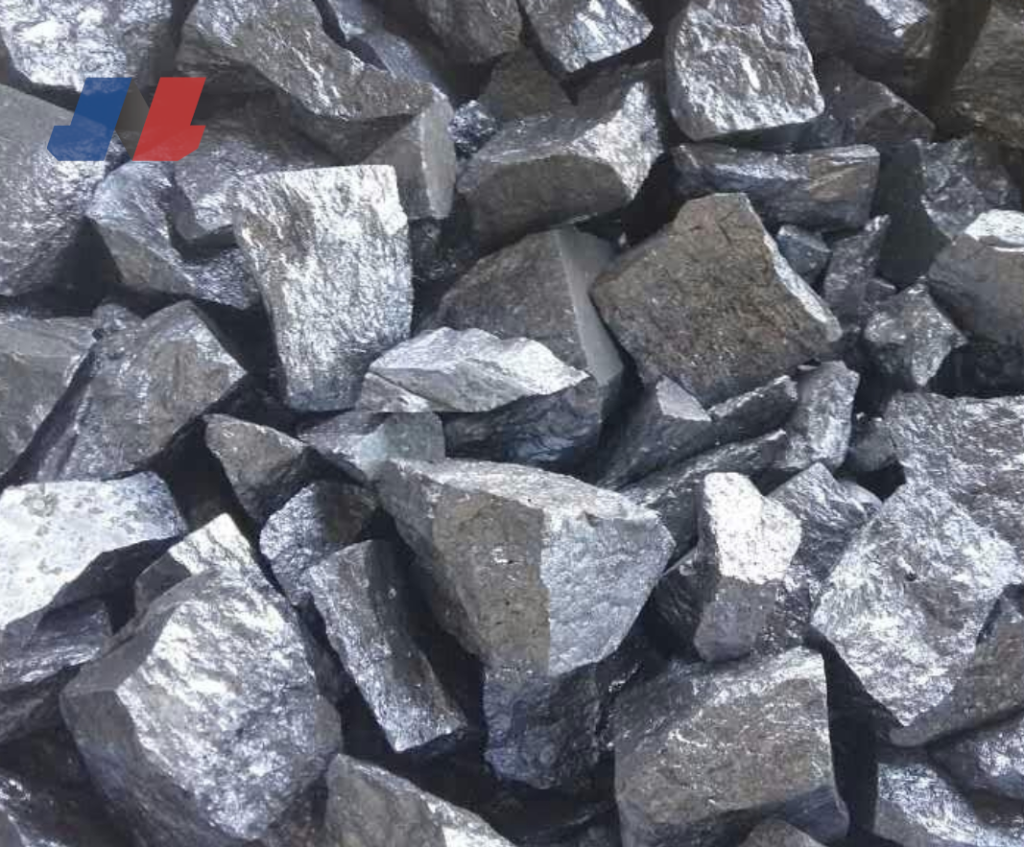How to Control Size of Ferro Alloys
In the past several months, one of our valued Indian clients asked us for low carbon ferro chrome, meantime, he raised his doubt, that is how to avoid making strips slender and how to process particle size.
That is a good question. We think some people don’t know how to deal with these problems. We’ll introduce the way that we control the size in this article.
Why Process Ferro Alloys into Different Sizes
Frankly speaking, standard of ferroalloy particle size plays a pivotal role in production and application. We take steelmaking process as an example, performance and quality of finished product is affected by ferroalloy with different sizes. Suitable ferroalloy size can protect the environment by reducing contaminant emission and improve the production efficiency indirectly when preparing alloy materials.
In summary, in the production of ferroalloy, its particle size standard is a paramount factor. At this time, choice of standard becomes extremely important. Only by choosing appropriate standard and testing methods can we ensure that ferroalloys properties and quality meet the production requirements.

What is Particle Size of Ferro Alloys
Generally speaking, particle size refers to distribution and size of ferroalloy particles. Different application requirements match different particle size standards. Some approaches that classified different particle size standards of ferroalloys are as below:
According to appearance, it can be divided into many parts, such as granule, powder, lump and so on; according to particle size distribution range, its classification is fine particle, medium particle, coarse particle and others; last but not least, according to use classification and composition, ferroalloy particle size standards including ferrochrome (FeCr), ferrosilicon (FeSi), etc.
In general, different types of ferroalloy have their own particle size standards. Compared with ferromanganese (FeMn), ferrosilicon requires evenly and large distributed particles usually.
Detection of Ferroalloy Size
When it comes to detection of ferroalloy size, we have to talk about the detection methods. It generally includes: counting method, sieve method and observation method.
Firstly, we talk about the counting method. It is also called particle counting method. As its name implied, count the number of ferroalloy particles and then analyze. If you listen to this method at first time, I think that you have a misunderstanding as me, that is this process is finished by human power. However, it turns out that we are wrong. In fact, this process finished by counter. High speed and precision are its merits. While, the premise is that you have this equipment.
Secondly, we talk about sieve method. It is finished by human power as shown in the picture. We can see clearly that workers are sieving the ferroalloy by screen. It is very cheap and simple. While, it also has its own disadvantages, that is it only obtains some particle data with distinct distribution range.
Last but not least, we talk about observation method. For this method, microscope is used commonly. They observe the distribution and particle size of ferroalloy samples by microscope. As we all known, microscope is used in observing very small and fine things. Likewise, it plays the same role in this method. Due to use of microscope, its technical requirement is higher than other two methods we mentioned above.






